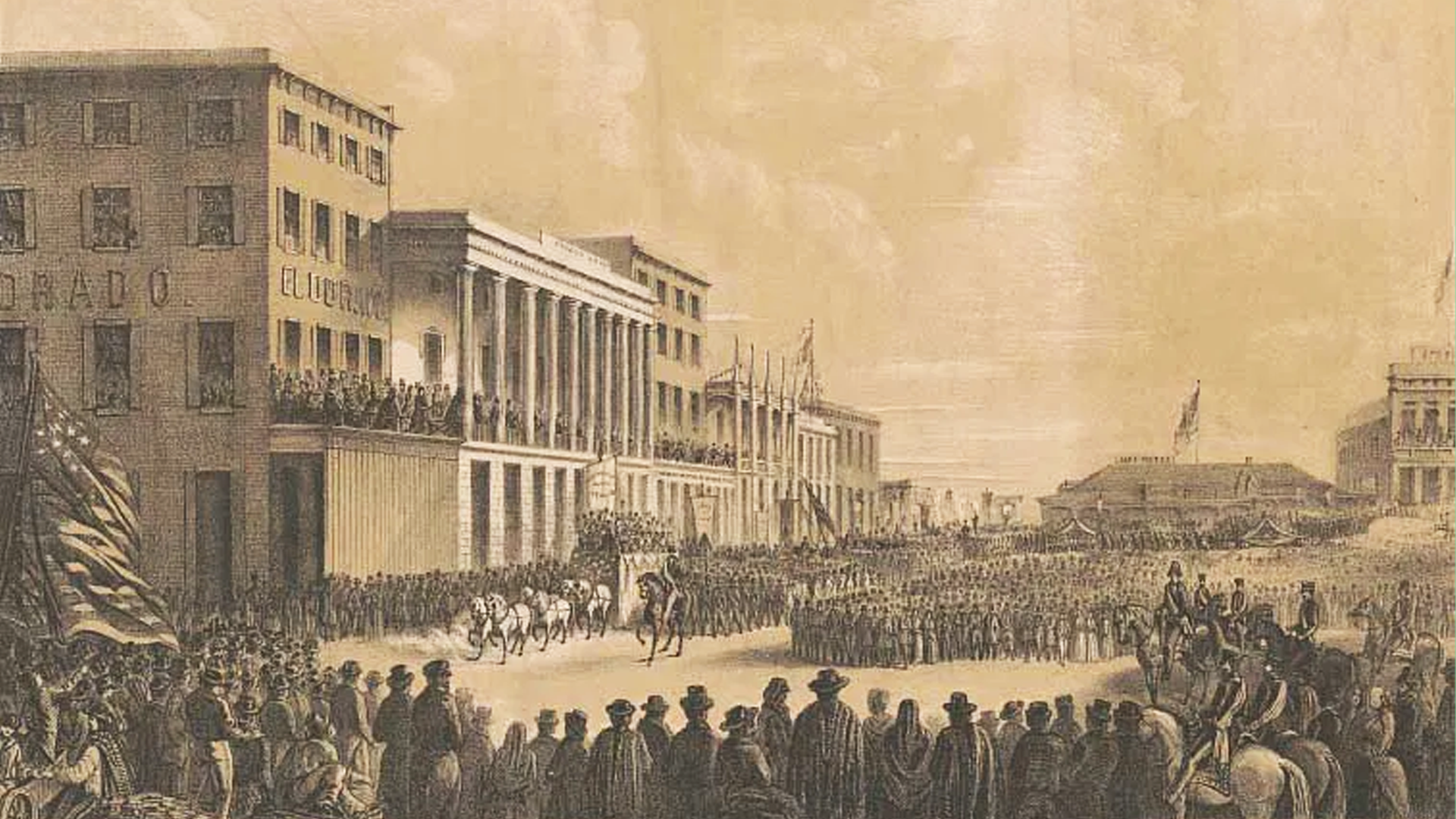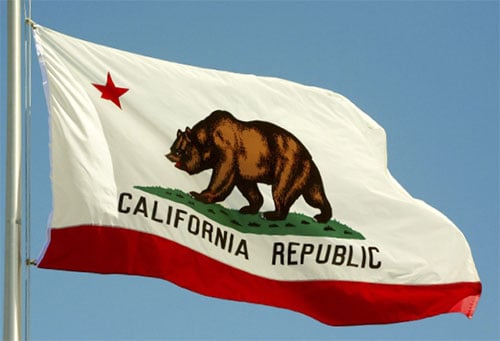California Joins the Union

An 1850s map of California highlighting gold rush routes and early settlements.
What Happened?
The Treaty of Guadalupe Hidalgo ended the Mexican-American War in February 1848, ceding California to the United States. Just days before the treaty was signed, gold was discovered at Sutter’s Mill—an accident that would alter the fate of the region.
Within months, tens of thousands of prospectors, known as 'forty-niners,' surged into California from across the globe. The population soared past the 60,000 threshold usually required for statehood, a process that had taken decades elsewhere.
Rather than organizing California as a U.S. territory, Congress debated its direct admission as a state. Heated arguments over slavery nearly derailed the process, as admitting California as a free state threatened the balance between North and South.
The Compromise of 1850 resolved the impasse: California entered as a free state, while other concessions—like the Fugitive Slave Act—were made to appease pro-slavery forces. This compromise, however, only postponed the deeper conflict that would erupt in the Civil War.
California’s admission marked a turning point in U.S. expansion. It became the first state on the Pacific coast and a critical symbol of westward growth, linking the nation to the Pacific world.
In its early years, the state capital bounced between San Jose, Vallejo, and Benicia before settling in Sacramento in 1854. The state motto, 'Eureka'—Greek for 'I have found it'—remains a nod to the gold discovery that accelerated its birth.
Why It Matters
California’s rapid leap to statehood underscored the transformative power of migration, natural resources, and contested politics in shaping the Union. Its admission as a free state highlighted both the promise of opportunity and the deepening fracture over slavery—a reminder that every step of expansion brought both progress and peril.
?
How did the Gold Rush accelerate California’s path to statehood?
Why was California admitted without first becoming a U.S. territory?
How did the Compromise of 1850 attempt to balance free and slave states?
What role did California’s geography and resources play in its early political power?
How did California’s shifting capitals reflect the challenges of early statehood?
Dig Deeper
Explains how the 1848 discovery of gold pushed California into statehood just two years later.
Related

Westward Expansion, Sectionalism, and the Road to Civil War
Manifest Destiny fueled territorial growth, but it also deepened sectional divides—turning political disagreements over slavery and states’ rights into irreconcilable conflicts that led to civil war.

Prelude to War – Sectional Tensions and Failed Compromises
The uneasy balance between free and slave states collapsed in the 1850s, as 'compromises' like the Compromise of 1850 and Kansas-Nebraska Act inflamed tensions instead of easing them.

The Declaration of Independence: Ideas, Action, and Aftermath
When the colonies declared independence, they didn’t just start a war—they launched an idea that would echo across centuries. But did America live up to it?
Further Reading
Stay curious!
